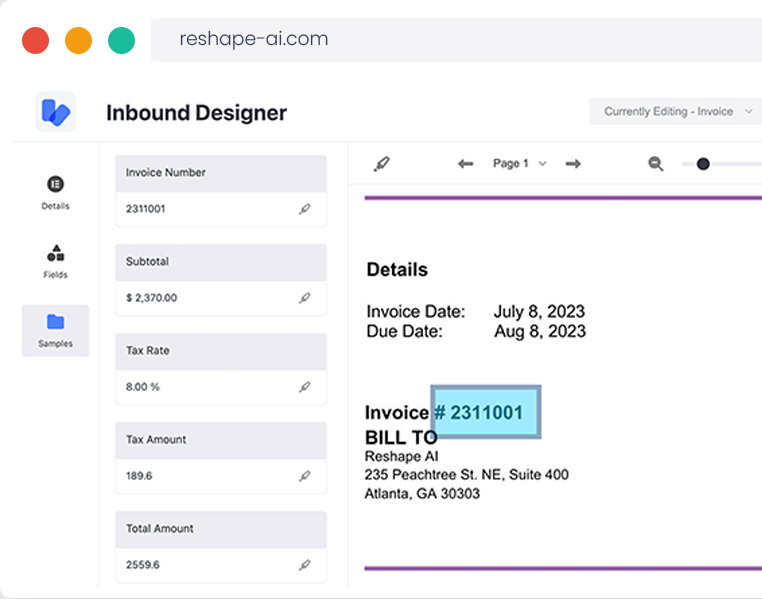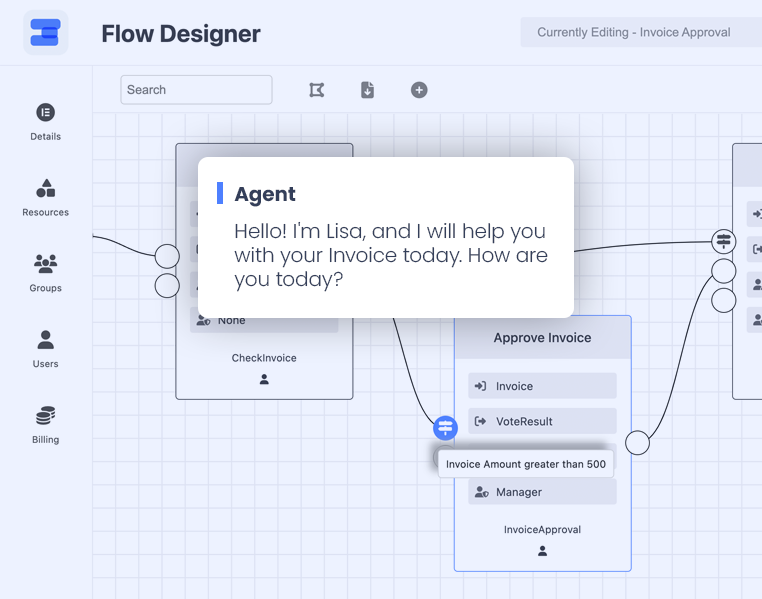The landscape of Artificial Intelligence (AI) and Machine Learning (ML) is rapidly evolving, driven by the advancement of Generative Artificial Intelligence (GenAI) and Large Language Models (LLMs) like GPT-4. These technological marvels have opened a world of possibilities, enabling AI to converse, research, write, and code. However, the pursuit of such advanced capabilities is not without its challenges, notably the growing scarcity of AI/ML infrastructure. As I recently discovered in my search for infrastructure capable of supporting a 40 billion (and beyond) parameter LLM models, the need for extensive GPU resources is becoming increasingly difficult to meet. This scenario is a looming crisis in the AI realm, where the demand for powerful computing resources is swiftly outpacing supply.
The emerging crisis is rooted in the massive computational requirements of these AI models. Tirias Research projects that by 2028, the operating costs for GenAI data center infrastructure could exceed a staggering $76 billion, dwarfing current major cloud service expenditures. This forecast takes into account an aggressive improvement in hardware compute performance, which is still overwhelmed by a 50X increase in processing workloads. The situation is further complicated by the need for GPUs or TPUs to run neural network (NN) inferences, essential for the parallel math calculations that AI models demand.
The High Stakes of AI Infrastructure Demand
The crux of the issue lies in balancing the escalating demand for advanced AI capabilities with the limitations of existing infrastructure. Key points contributing to this crisis include:
- Exponential Growth in Model Size: Future LLMs are expected to exceed one trillion parameters, pushing current GPU and TPU capacities to their limits.
- Soaring Operational Costs: The cost of running these advanced models in data centers is forecasted to skyrocket, challenging the sustainability of AI-driven business models.
- Increasing User Demand: Applications like OpenAI's ChatGPT are approaching billions of monthly visitors, indicating a vast and growing computational load.
- Infrastructure Limitations: The current AI infrastructure is not scaling fast enough to meet the demands of these advanced, resource-intensive models.
The heart of the crisis lies in the striking imbalance between the rapidly growing demands for advanced AI capabilities and the physical and economic constraints of the current infrastructure. This situation is further exacerbated by the advent of LLMs with over a trillion parameters, creating an urgent need for innovative solutions in processing technology, infrastructure optimization, and strategic resource allocation.
The forecast for GenAI is both exciting and daunting. The potential applications extend from text and imagery generation to more complex fields like video, 3D animation, and even creating virtual realities. However, the cost and computational demands of such advancements are reaching unprecedented levels. As AI continues to push the boundaries of what’s possible, it’s becoming increasingly clear that a significant shift in infrastructure strategy is essential.
As we stand at this crossroads, the AI community faces a pivotal moment. The scarcity of AI/ML infrastructure, especially for large-scale models requiring extensive GPU resources, is not just a challenge; it’s a call for innovation and strategic planning. The development of more efficient neural networks and the distribution of computational loads to client devices like PCs and smartphones offer some hope. However, these are not complete solutions. The industry needs to embrace new processing methods, optimize model efficiency without sacrificing accuracy, and develop new business models to manage the escalating costs. This crisis is an opportunity for transformative change, paving the way for a more sustainable and scalable future in AI development. As we venture forward, the decisions we make today will shape the AI landscape for years to come.










